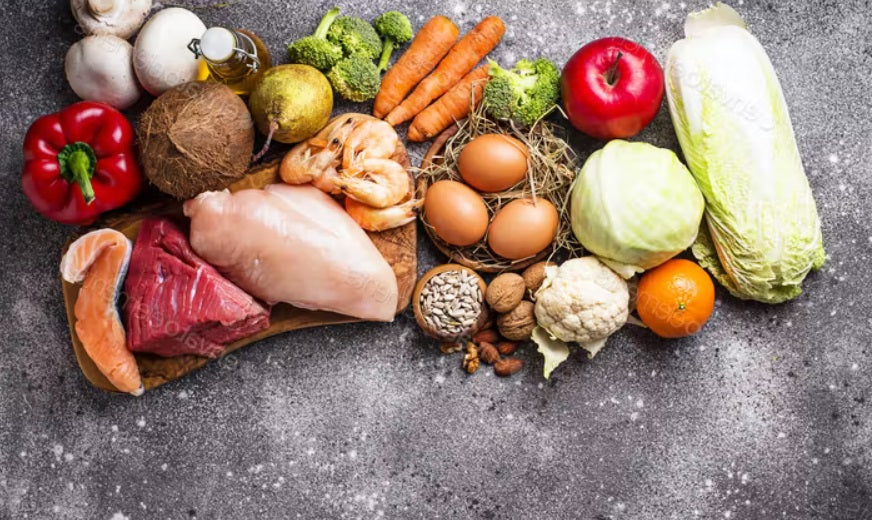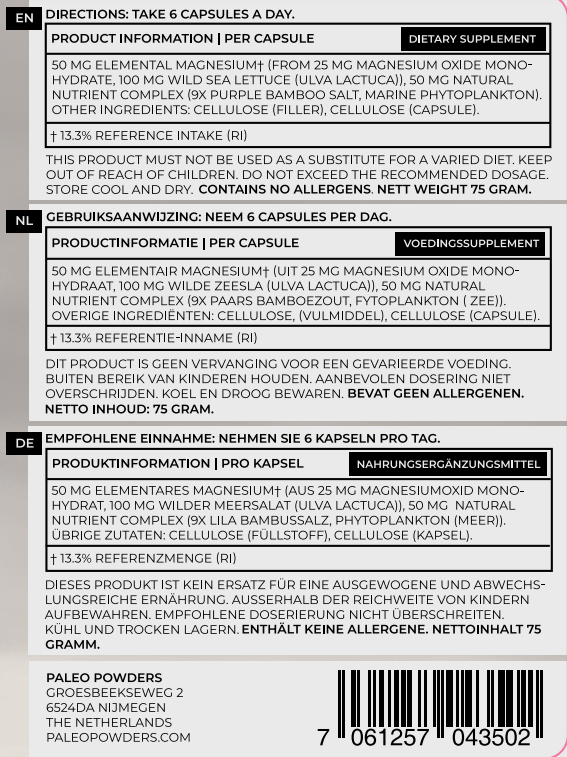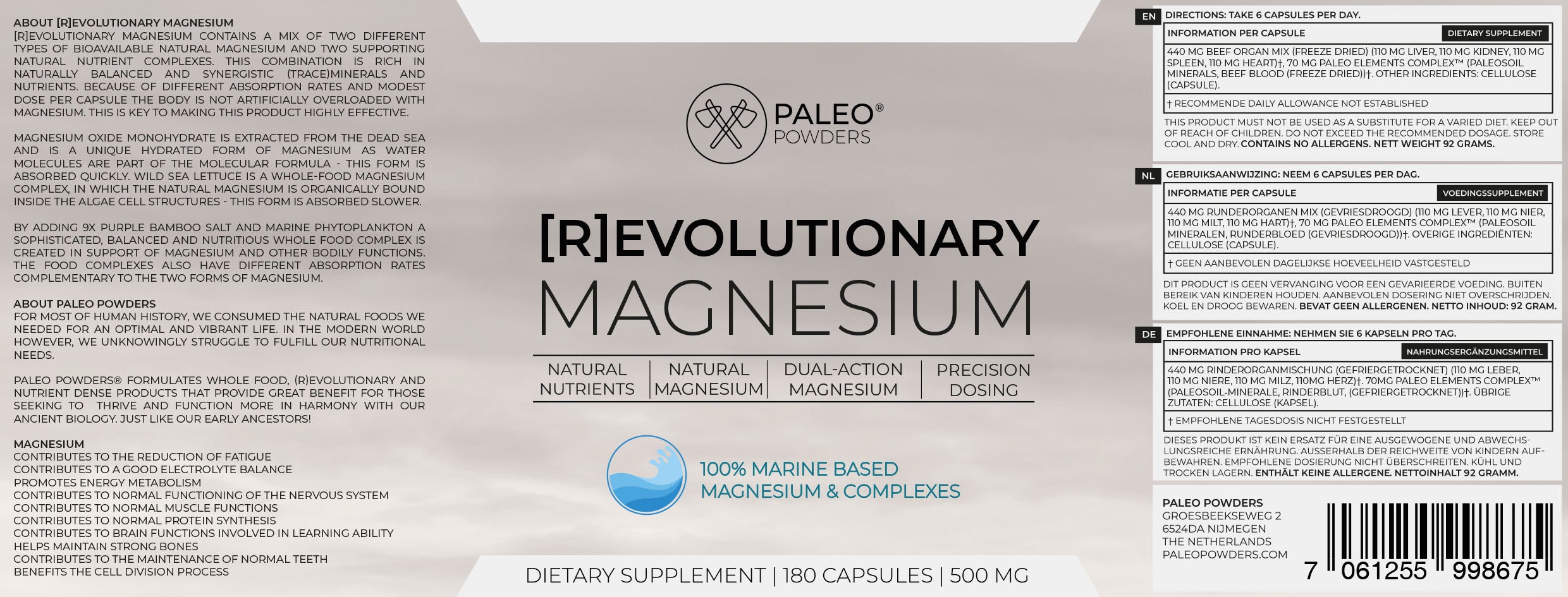
Low Carb, Keto and Paleo: what's the difference?
There's no denying the similarities between the low-carb, keto, and paleo diets. But while these eating styles are built on the same foundation, there are some key differences that explain why they each have a different name.
Understanding this can be very important in choosing the right lifestyle for you, as Keto, Paleo and Low Carb diets will have several benefits, as well as wider considerations beyond what we eat.
To start, here is a brief description;
Low Carb - A diet that limits carbohydrate intake, eliminates foods high in carbohydrates, and results in a lower than normal carbohydrate intake. The total daily carbohydrate intake is usually less than 130 grams.
Keto – A diet that removes most sources of carbohydrates, resulting in carbohydrate intake that is incidental from other food groups. Total daily carbohydrate intake is typically less than 50 g and can be as low as or even lower than 20 g. For most people, the goal of a keto diet is to induce ketosis, a fat-burning metabolic state that can only be achieved with a very low carbohydrate intake.
Paleo – A diet that aims to include only foods that would have been readily available to our hunter-gatherer ancestors – before the advent of agriculture some 10,000 years ago. Although there is no daily carbohydrate limit, the Paleo diet tends to be consistently low-carb because many high-carb foods are eliminated.
Similarities between low-carb, keto and paleo diets
There are several similarities between Keto, Low Carb and Paleo diets. This is why many people often get confused between the three, or assume they all have the same diet, just different names. Here are some similarities!
Low in carbohydrates
Low-carb diets aim to keep total carbohydrates lower than average - either a little or a lot. Paleo diets do not allow refined or processed carbohydrates, which significantly reduces daily intake. Finally, Keto aims to be as close to "carb-free" as possible so that you don't exceed your daily carb limit.
Focus on real food
One very important thing that each of these diets have in common is that they all use fresh and natural foods, more than processed and ready-made foods. Not only does this provide a natural drop in carbohydrate levels (since many processed foods contain refined carbohydrates and added sugars), but it also provides a diet rich in vitamins, minerals, fiber, healthy fats and proteins – rather than artificial ones. ingredients and additives.
Rich in proteins and healthy fats
Unlike carbohydrates, two food groups that are mainly found are proteins and fats. Each of these three lifestyles uses animal proteins such as meat, fish and eggs. They also include foods high in healthy fats such as butter, olive oil, avocado, nuts and seeds.
All of these diets are as much about what you eat as what you don't eat. Eating the right foods daily is a great way to get the energy you need from food, as well as a complete source of protein, vitamins, minerals and healthy fats.
Eat like your ancestors
Real food is much more like what our ancestors would have eaten and thrived on. This is important because many problems are a result of the modern Western diet. While Low Carb and Keto diets typically contain fewer processed foods, the Paleo diet is designed to eat exactly as our hunter-gatherer ancestors did, clean, simple and sustainable!











